1. Comprehensive Green Spaces for Recreation and Relaxation
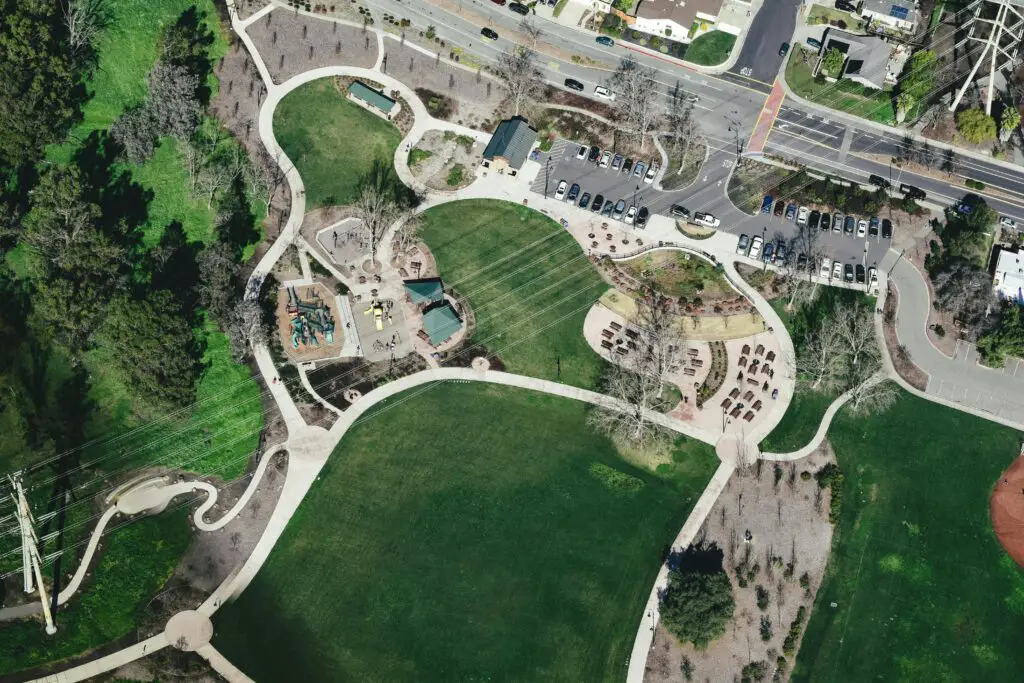
By 2030, neighborhood parks will evolve into multifunctional green spaces designed for recreation, relaxation, and environmental benefits. These areas will feature outdoor gyms, nature trails, and dedicated zones for yoga and meditation. Communities will incorporate natural play areas for children, dog parks, and quiet zones to accommodate diverse needs. With increasing awareness of climate change, many neighborhoods are integrating urban forests and rain gardens to improve air quality and manage stormwater.
As National Geographic explains, green spaces serve as crucial social hubs, fostering community connections and promoting mental well-being. These areas are also designed with accessibility in mind, ensuring all residents can enjoy them, regardless of physical ability. The inclusion of educational signage about local flora and fauna further enriches the experience, making green spaces both relaxing and informative. The demand for eco-conscious design ensures these amenities will be prioritized in urban planning across diverse neighborhoods.
2. Electric Vehicle (EV) Charging Stations for Convenience
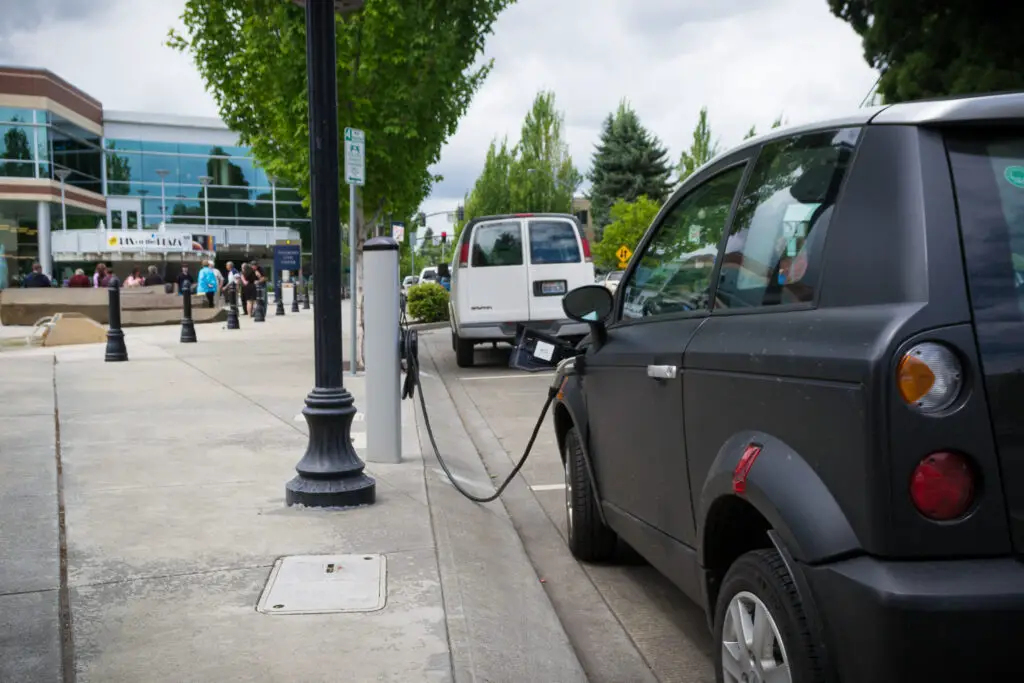
As EV adoption skyrockets, charging stations will become a must-have feature in residential areas. Future-ready neighborhoods will install fast-charging hubs in parking lots, garages, and community centers, making sustainable transportation more accessible. Some developments are integrating renewable energy sources, like solar-powered stations, to enhance efficiency. These charging hubs will also provide amenities such as shaded seating, Wi-Fi, and small cafes to accommodate drivers during charging periods.
According to EV World, these amenities not only support the transition to greener transportation but also increase property values. The presence of ample charging infrastructure signals a community’s commitment to sustainability, which is becoming a major factor for homebuyers. By 2030, neighborhoods that embrace this shift will attract eco-conscious residents and play a critical role in reducing transportation-related emissions.
3. Tech-Integrated Community Centers
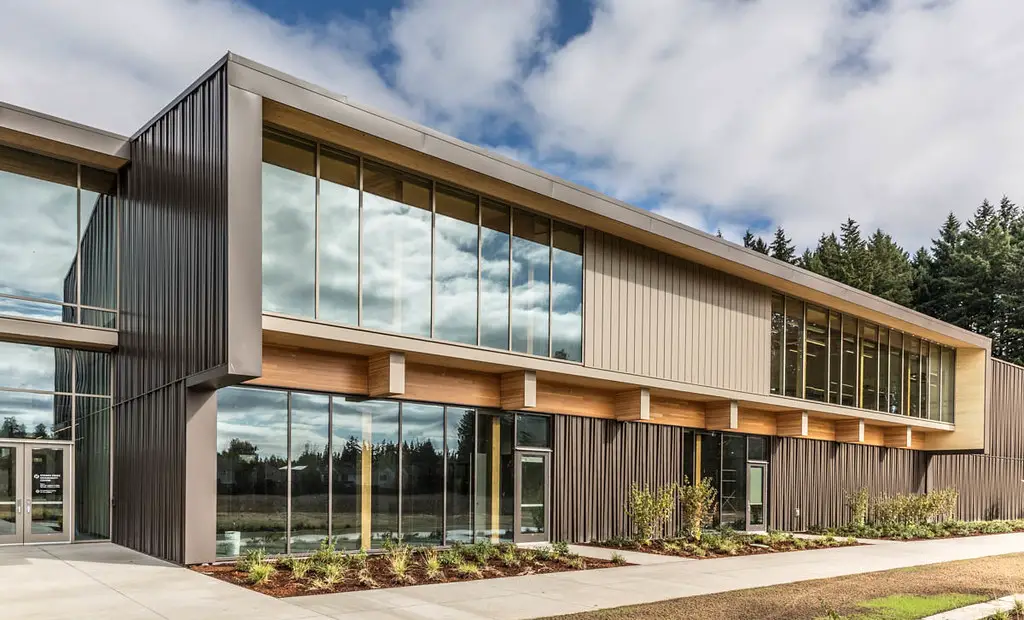
Community centers equipped with the latest technology will cater to residents’ educational, recreational, and professional needs. These hubs will feature coworking spaces, virtual reality gaming zones, and STEM labs for children and adults alike. High-speed internet and advanced audiovisual equipment will support remote work, virtual events, and hybrid community meetings. Many of these centers will also include AI-driven scheduling systems to optimize facility use and availability.
As Forbes highlights, tech-integrated community centers provide equal opportunities for growth and learning, fostering innovation within neighborhoods. They also strengthen communal ties through interactive workshops and events that celebrate local culture. By offering resources for personal and professional development, these centers ensure that every resident, from students to retirees, can benefit from advanced technologies and shared knowledge.
4. Accessible Health and Wellness Facilities

Proximity to health and wellness amenities will become a critical factor in choosing a neighborhood. By 2030, neighborhoods will include integrated wellness centers offering fitness classes, mental health support, and telehealth consultation pods. Some developments are even incorporating wellness-focused design, such as air-purifying vegetation, soundproof relaxation zones, and circadian lighting. Nutrition education and cooking classes might also become staples of these facilities, promoting holistic health practices.
As reported by Healthline, these facilities are vital for improving overall quality of life, especially as urban living becomes increasingly fast-paced. Neighborhoods with accessible wellness services are particularly attractive to families and older adults, as they provide a sense of security and proactive health management. These features will likely become standard in future developments, reflecting society’s growing emphasis on mental and physical well-being.
5. Eco-Friendly Waste Management Systems

Smart waste management systems, including automated recycling and composting solutions, will be essential by 2030. Communities will implement AI-driven waste sorting bins, communal composting stations, and systems that reward residents for sustainable practices. Additionally, neighborhoods might adopt shared waste-to-energy facilities, where non-recyclable materials are converted into electricity.
According to GreenBiz, these innovations significantly reduce landfill contributions and encourage eco-friendly behavior. Waste management apps might also allow residents to track their recycling efforts and receive tips on reducing waste. Beyond functionality, these systems create a cleaner, more visually appealing environment while signaling a neighborhood’s commitment to sustainability, making them highly attractive to prospective buyers.
6. 24/7 Security and Surveillance Systems

Neighborhood safety will rely on advanced security technologies, such as AI-powered surveillance cameras, biometric access controls, and real-time alert systems. Smart streetlights equipped with motion sensors and energy-efficient LED technology will enhance safety while conserving energy. Additionally, neighborhoods may offer community-based security apps that allow residents to report incidents and receive live updates.
As CNET notes, these innovations create safer environments while respecting residents’ privacy. With features like facial recognition restricted to authorized personnel, these systems balance security with ethical concerns. A focus on safety reassures families and professionals looking for a reliable place to call home, making advanced security features a major selling point for modern neighborhoods.
7. Shared Mobility Hubs
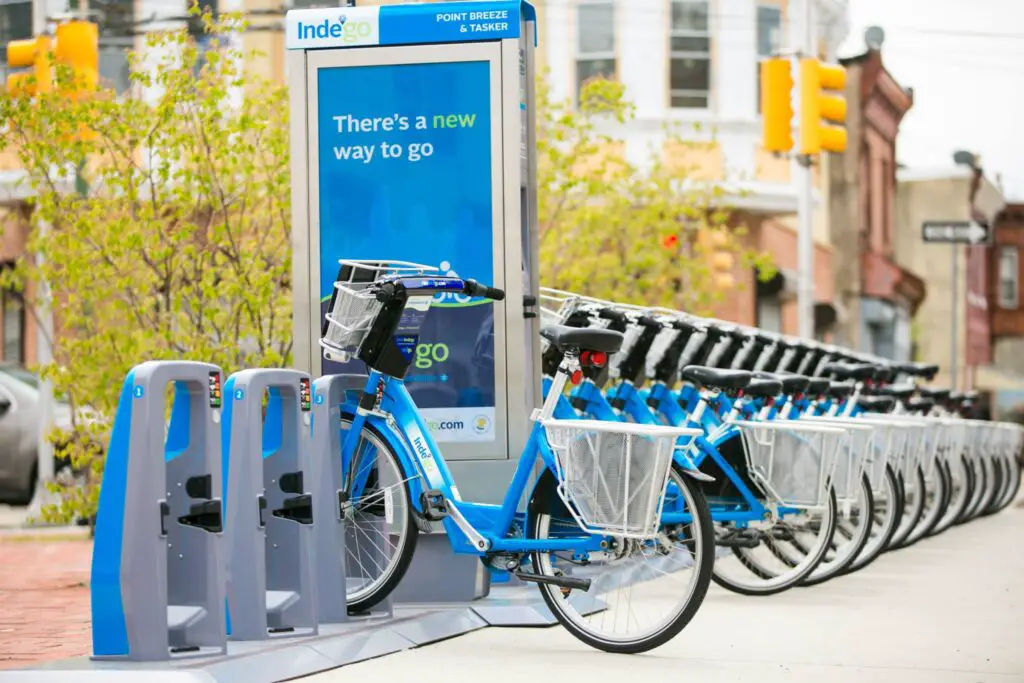
Car-sharing services, bike rental stations, and autonomous shuttle stops will redefine urban mobility. Shared mobility hubs located within neighborhoods will provide convenient and sustainable transportation options for residents. These hubs might also include repair stations, storage lockers, and integration with public transit for seamless travel. By creating centralized locations for various forms of transportation, these hubs will reduce dependence on personal vehicles and encourage eco-friendly commuting habits. Future hubs may also incorporate AI-driven scheduling to optimize availability and reduce wait times for users.
As detailed by The Verge, these hubs reduce traffic congestion and promote greener travel. They also address the growing preference for car-free lifestyles, particularly among younger generations. Additionally, neighborhoods with robust shared mobility options will see increased property values and appeal to environmentally conscious buyers. By prioritizing accessibility and sustainability, shared mobility hubs will play a key role in shaping the future of urban living.
8. Year-Round Farmers’ Markets
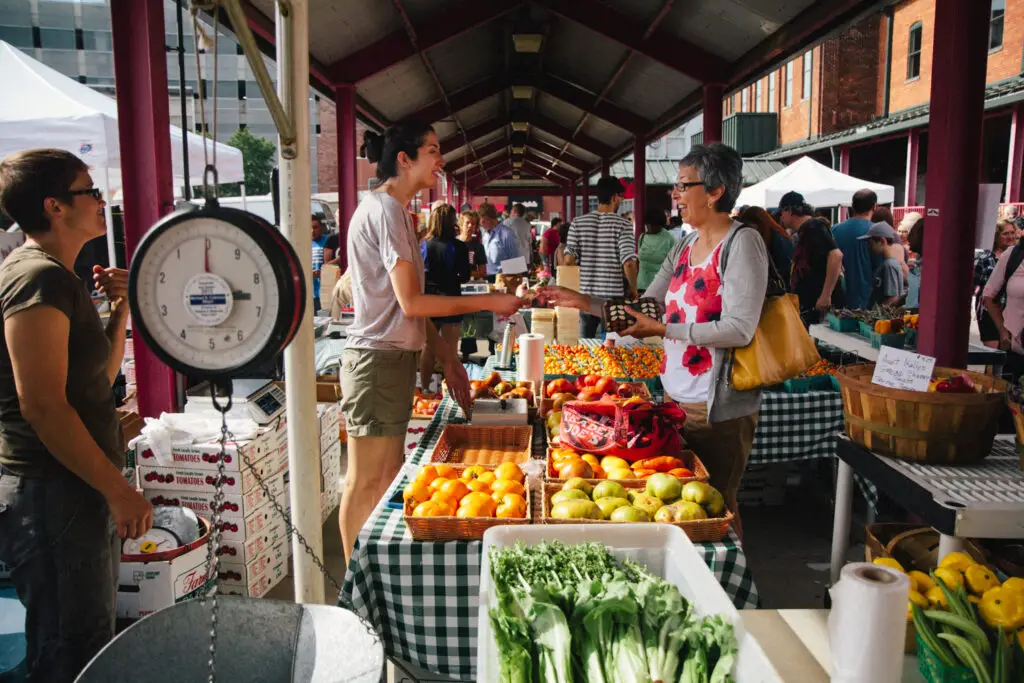
Local farmers’ markets offering fresh produce, artisanal goods, and eco-friendly products will become a cornerstone of community life. Indoor and outdoor market spaces designed for year-round use will enhance food accessibility and support local economies. Markets may also host workshops, cooking demonstrations, and live entertainment, creating a vibrant community atmosphere. These markets could also provide opportunities for urban farmers to showcase innovative techniques like hydroponics and aquaponics.
As The Guardian explains, these markets foster healthier eating habits and encourage sustainable living. They are also valuable platforms for local entrepreneurs and small businesses. Additionally, they contribute to reducing the carbon footprint by promoting locally sourced goods. By bringing people together around food and culture, year-round farmers’ markets will enhance both the social and economic fabric of neighborhoods. They will also help communities build resilience against food supply chain disruptions.
9. Inclusive Play and Activity Areas
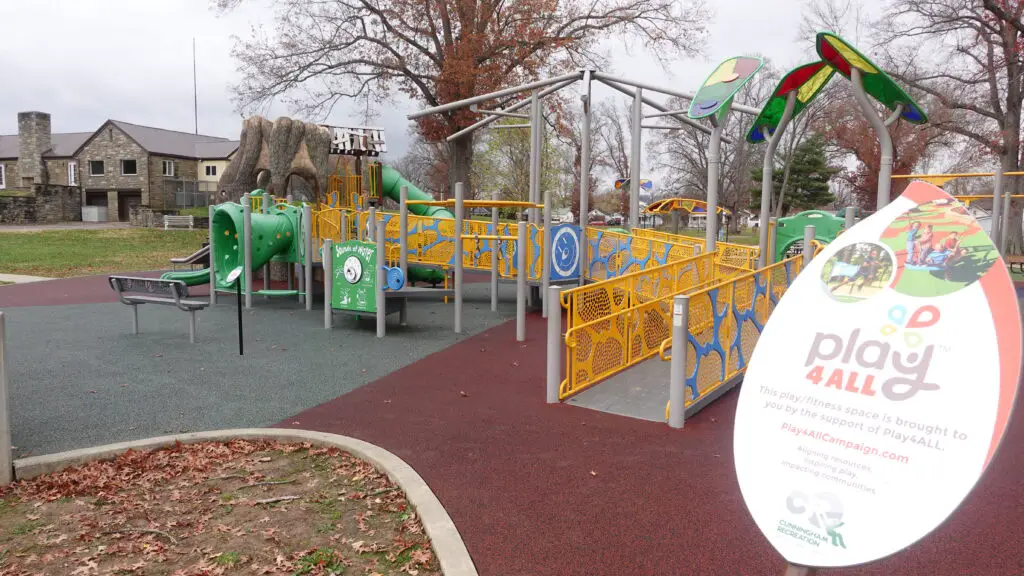
Neighborhoods will prioritize inclusive play areas catering to children of all abilities. Adaptive playground equipment, sensory-friendly zones, and shaded seating areas for caregivers will ensure everyone can enjoy outdoor activities. These spaces will also include features like splash pads, climbing walls, and obstacle courses to appeal to a wide range of age groups. Future designs may incorporate nature-based play areas, allowing children to explore natural materials and develop environmental awareness from a young age.
According to Playground Professionals, these inclusive designs promote physical and emotional development while encouraging community interaction. In addition, the emphasis on safety and accessibility helps parents feel confident about their children’s well-being, making these neighborhoods highly desirable for families. Beyond recreation, these areas serve as vital gathering spots that strengthen neighborhood bonds. Inclusive designs also demonstrate a commitment to equity, ensuring that no child is left out of the fun.
10. High-Tech Public Libraries

Modern libraries equipped with digital resources, 3D printing labs, and collaborative workspaces will redefine learning and leisure. These spaces will serve as cultural and educational hubs, offering everything from coding workshops to virtual reality experiences. Libraries might also include maker spaces for crafting and tech exploration, encouraging creativity across all age groups. Some libraries will expand their services to include AI-driven research assistance and interactive digital archives.
As noted by The New York Times, high-tech libraries address the evolving needs of residents while preserving traditional learning opportunities. They are vital for fostering creativity and intellectual growth, making them indispensable in forward-thinking neighborhoods. By offering free or low-cost access to advanced technologies, these libraries will bridge the digital divide and empower communities. They will also support lifelong learning through curated programs for all ages, from toddlers to seniors.
11. Urban Agriculture Initiatives
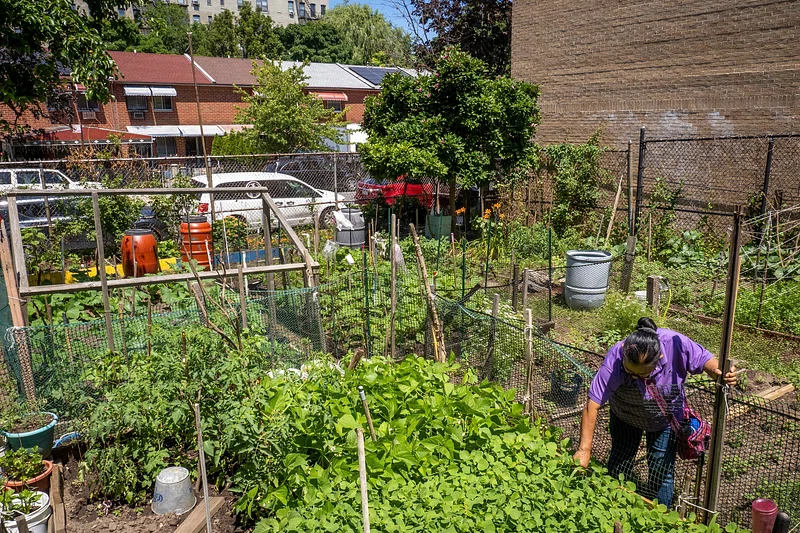
Neighborhoods will embrace urban farming projects, such as rooftop gardens, hydroponic systems, and vertical farming setups. These initiatives not only provide fresh produce but also educate residents on sustainable practices. Community-supported agriculture (CSA) programs may further strengthen ties between residents and local growers. Some developments will also incorporate aquaponic systems, combining fish farming with plant cultivation to maximize resource efficiency.
As Modern Farmer reports, urban agriculture strengthens food security and reduces environmental impact. These projects also enhance the aesthetic appeal of urban neighborhoods while fostering a sense of shared responsibility and community pride. Additionally, they can serve as hands-on educational tools for schools and families, teaching valuable lessons about sustainability and food production. Urban farming will also help reduce the urban heat island effect, contributing to cooler and more comfortable living environments.
12. Cultural and Artistic Spaces
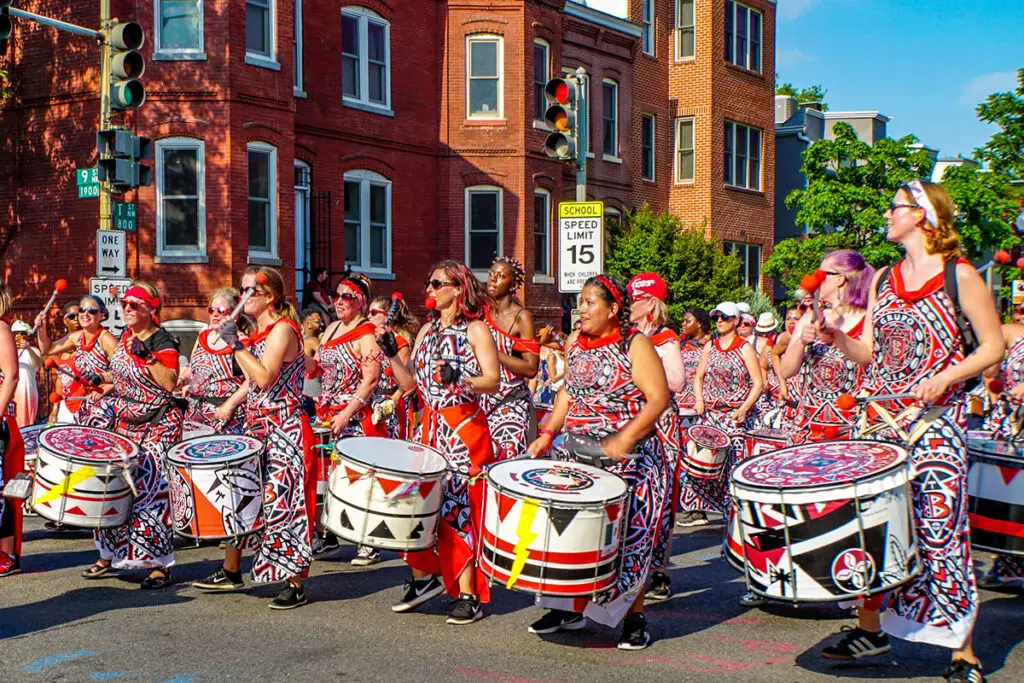
Art installations, performance venues, and creative workshops will enrich neighborhoods by celebrating local culture and fostering artistic expression. These spaces will host festivals, exhibitions, and community-driven projects, acting as a vibrant gathering point for residents. Communities may also incorporate interactive art, allowing residents to participate in the creative process and leave their mark on public spaces. Future developments may include technology-driven experiences, such as augmented reality (AR) art installations and virtual galleries.
According to ArtNet, cultural amenities boost community pride and attract residents with diverse interests. By supporting creativity, neighborhoods can cultivate a unique identity and vibrant social atmosphere that appeals to residents of all ages. These spaces also serve as platforms for emerging artists to gain visibility and connect with their community. Moreover, they foster a sense of belonging by encouraging collaboration and shared cultural experiences. In the long term, such spaces can help preserve local heritage while inspiring innovation.
